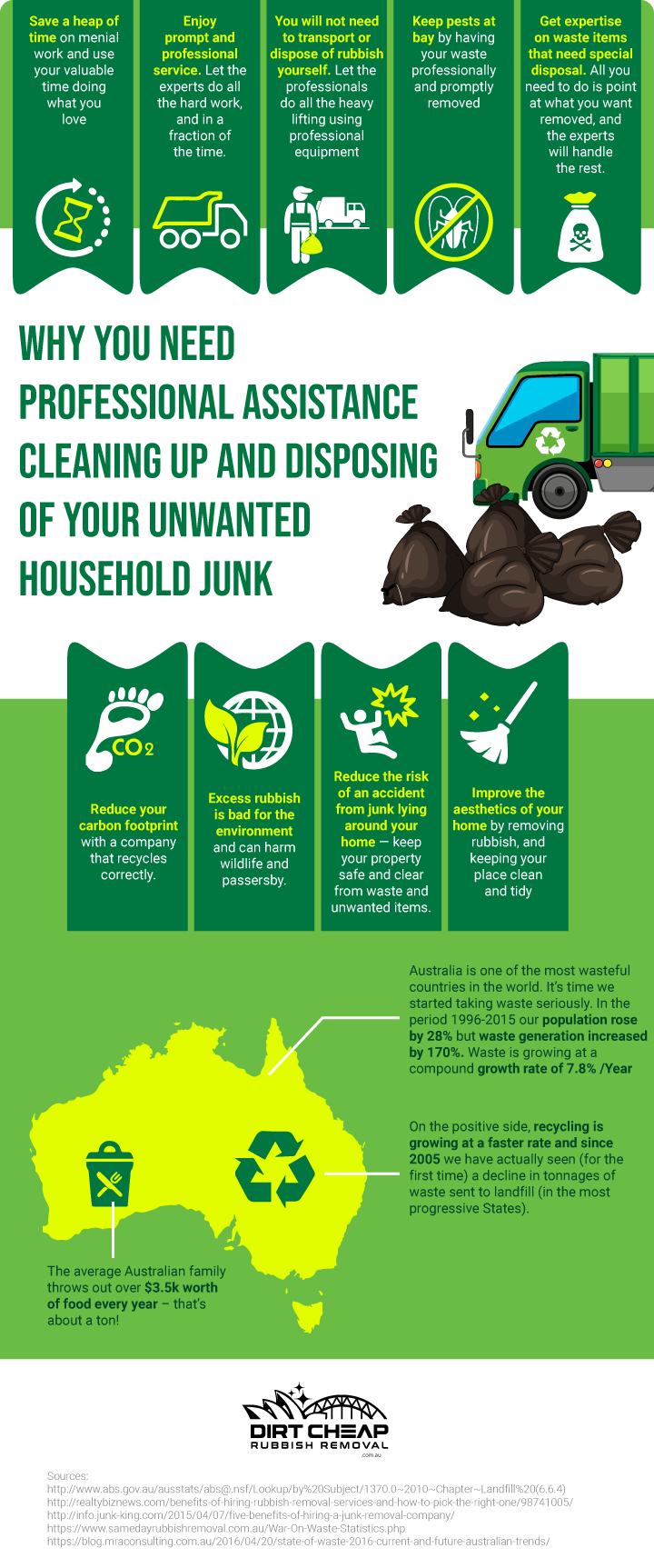How To Choose The Right Dumpster Dimension For Your Project: A Comprehensive Overview
How To Choose The Right Dumpster Dimension For Your Project: A Comprehensive Overview
Blog Article
Authored By-Finnegan Fisher
When embarking on a project that requires a dumpster, the size you choose can greatly affect its performance and cost-effectiveness. Envision having the best container that accommodates all your waste without being exceedingly big or also small. It all beginnings with understanding the nuances of your task and selecting a dumpster dimension that aligns with your particular requirements. So, before you choose, think about the variables at play to make sure a smooth waste management procedure throughout.
Aspects to Consider
When picking the appropriate dumpster dimension, there are several crucial elements to think about.
First, consider the kind of waste you'll be dealing with. Various materials might require differing quantities of room, so comprehending what you'll be putting in the dumpster is critical.
Next off, evaluate the quantity of waste you expect to create. If you ignore the quantity, you might need to make several journeys to throw away everything, which can be bothersome and costly. On the other hand, renting out a dumpster that's also huge can result in unneeded expenses.
In addition, think about the room where the dumpster will certainly be put. Guarantee there's enough room for the dumpster to be provided and picked up with no blockages.
Lastly, think about any type of weight restrictions that might apply. Exceeding the weight limitation can lead to added costs or even the rejection of service.
Dumpster Dimension Options
For picking the right dumpster dimension, it's essential to have a mutual understanding of the available options. Dumpster sizes commonly vary from 10 to 40 cubic yards, with variations in between.
A 10-yard dumpster appropriates for small tasks like a garage cleanout or a small improvement. If you're taking on a medium-sized job such as a cooking area remodel or a cellar cleanout, a 20-yard dumpster might be the appropriate choice.
For bigger projects like a whole-house restoration or industrial building and construction, a 30 or 40-yard dumpster could be better to fit the quantity of waste produced.
When deciding on a dumpster size, take into consideration the quantity and kind of particles you expect to dispose of. It's far better to select a somewhat bigger dimension if you're not sure to avoid overfilling. Bear in mind, it's more economical to lease a dumpster that fits your demands as opposed to needing to purchase an additional one.
Matching Size to Job
Efficiently matching the dumpster size to your project is critical for efficient waste monitoring. To determine the right dimension, think about the range and nature of your task.
For small household cleanouts or remodellings, a 10-yard dumpster may be adequate. These are usually 12 feet long and can hold around 4 pickup lots of waste.
For bigger projects like renovating multiple rooms or cleaning out a big estate, a 20-yard dumpster might be more suitable. These are around 22 feet long and can hold around 8 pickup truck loads.
If 10 yard dumpsters taking on a significant building and construction job or commercial remodelling, a 30-yard dumpster could be the best fit. These dumpsters are about 22 feet long and can fit about 12 pickup loads of particles.
Matching the dumpster dimension to your project guarantees you have sufficient space for all waste materials without overpaying for unused capability.
Conclusion
Finally, picking the appropriate dumpster size for your project is essential for effective garbage disposal. By thinking about https://rolloffcontainers34333.luwebs.com/32018280/major-mistakes-to-keep-an-eye-out-for-when-renting-a-dumpster like the kind and quantity of waste, room availability, weight restrictions, and spending plan restrictions, you can guarantee you have the ideal dimension dumpster for your needs. Make sure to match the dimension of the dumpster to the scope and nature of your task to prevent overspending on unnecessary expenditures.
